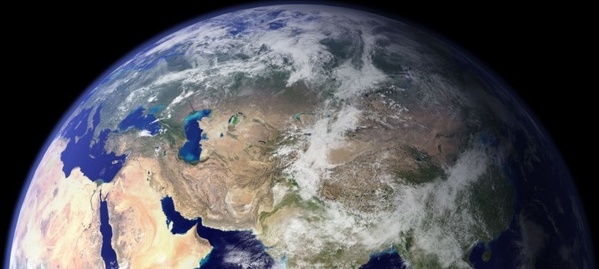
Vintners feel heat of global warming
Does the issue of global warming have the potential to affect our next glass of wine?
That seems to be a hot topic in the industry (no pun intended). I have given much thought to the subject but will not expound on disappearing polar bears, rising sea levels or the increasing greenhouse gases. Instead, I will offer a few thoughts on wine in our ever-changing environment.
Of course climate is crucial in the growing of grapes. Napa and Sonoma valleys are perfect examples of that. If not for the Golden Gate gap, this land would be too hot for growing the celebrated cabernet sauvignon, merlot and pinot noir grapes. The gap draws cold air from the ocean and pushes it into the valleys, creating fog and causing a 30-degree variation between daytime and nighttime temperatures. (Also known as natural air conditioning.)
If the climate is changing, it seems reasonable that prominent wine-growing regions around the world will be affected. While higher temperatures of only a couple of degrees may not seem that dramatic, when applied to growing grapes for wine it is. These higher temperatures allow ripening of grape varieties that traditionally struggle or simply can’t ripen sufficiently in lower temperatures. Many growers are protecting grapes from the higher temperatures with shading trellises, while others are harvesting the grapes earlier to beat the heat. Drought is another aspect of climate change with which growers are contending.
This week’s value and splurge come from vintners working to create sustainable, eco-friendly wineries.
THE VALUE
- 2013 Kendall Jackson Cabernet Sauvignon, California (about $14 retail)
THE SPLURGE
- 2013 Bonterra Merlot, California (about $16 retail)